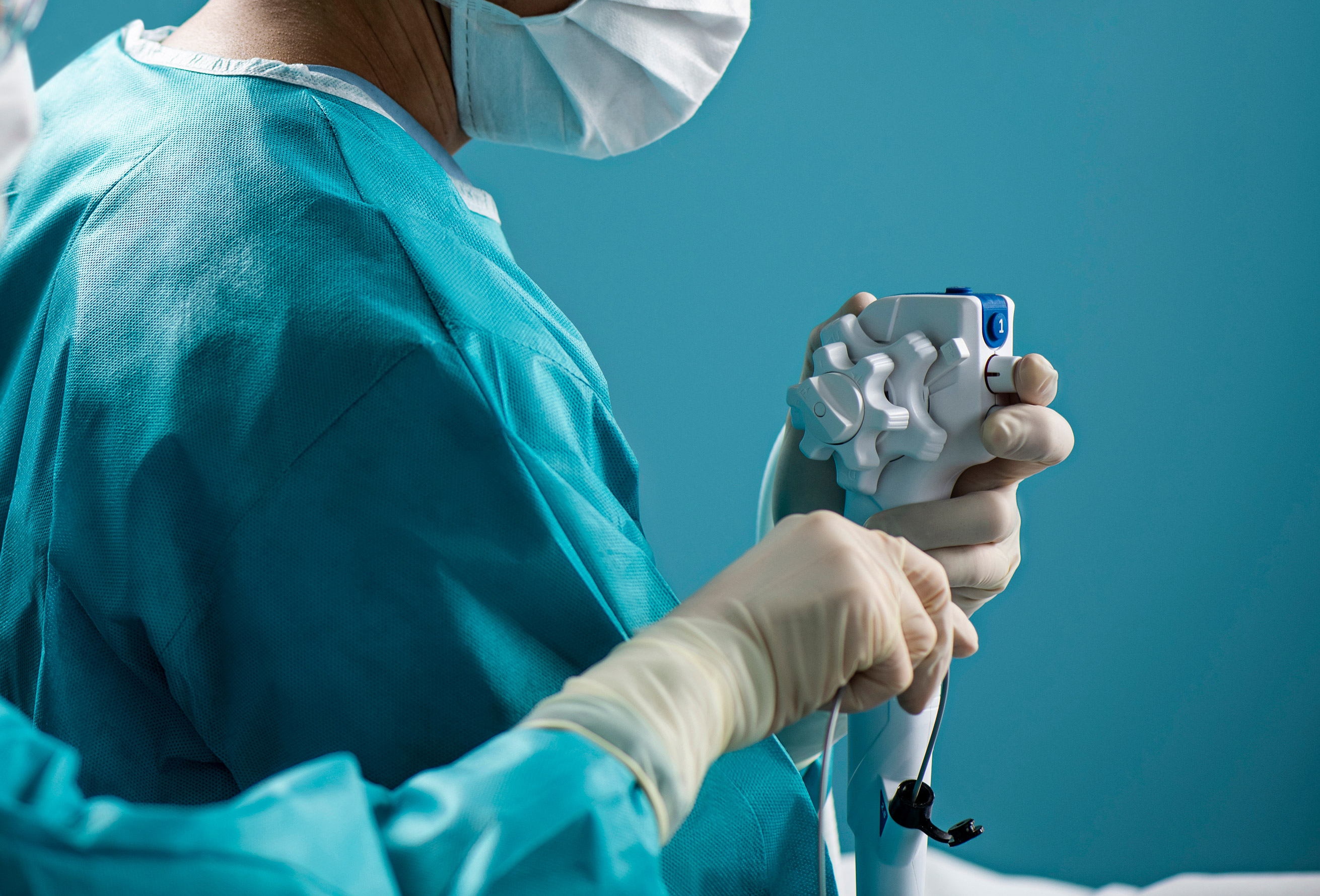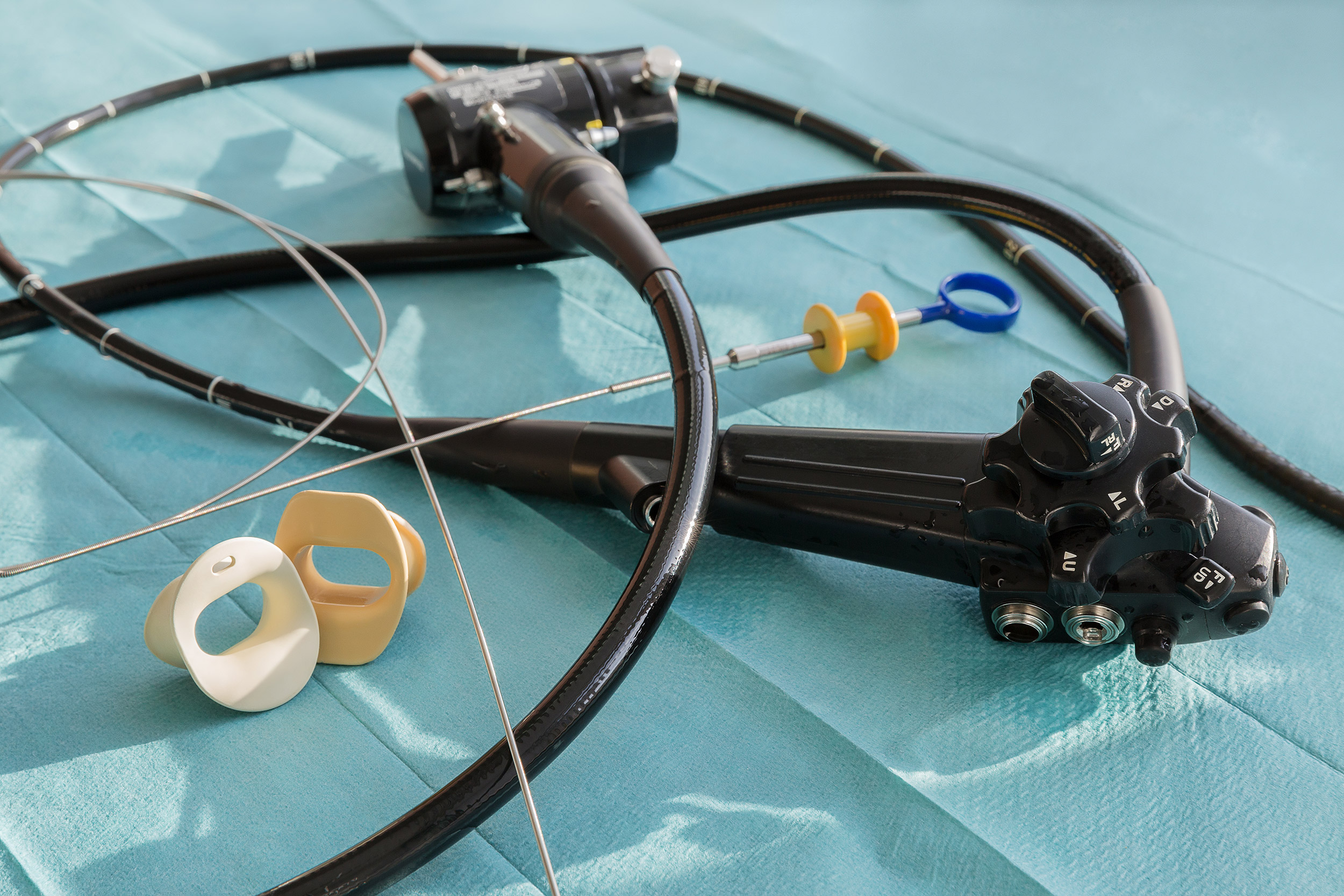
Single-use cystoscopes save a “significant” amount of time compared with their reusable counterparts and provide equivalent clinician satisfaction, according to a new study
The study, recently published in the Journal of Endourology, compared single-use cystoscopes with reusable cystoscopes for ureteral stent removal during a multicenter randomized trial.
On average, the time it took from preparation for the procedure to either disposal or processing prep was about 10 minutes for the single-use cystoscope and 18 minutes for the reusable scope, signaling a time-saving advantage for the single-use device, the authors wrote.
102 Patients Studied
Researchers conducted the study from April 27, 2021, to July 15, 2022. The study enlisted a group of urologists from three centers to compare the performance of the Ambu aScope 4 Cysto to a standard flexible reusable cystoscope for ureteral stent removal.
The researchers collected information for each case using specific criteria:
There were 102 patients in the study. They were randomly assigned to one of two groups to undergo either a single-use or a reusable cystoscope procedure for stent removal. The success rate was high for both groups: 98 percent (50 out of 51) for single-use procedures and 100 percent (51 out of 51) for reusable procedures.
In one case, the urologist to pass graspers through the single-use cystoscope and needed to switch to a reusable device, researchers said.
User Satisfaction Surveyed
Following the procedures, urologists assessed their experiences with the cystoscope via a survey with a 5-point Likert scale. On the scale, 1 meant "very difficult" while 5 meant "very easy."
The survey considered simplicity of insertion, maneuverability within the bladder, perceived image quality and acceptability of the single-use cystoscope as an instrument option for stent removals among the procedure’s facets. The median score for all categories for the Ambu aScope 4 Cysto was 4/5, indicating it was “noninferior” to a reusable cystoscope.
Single-use cystoscopes, the authors wrote, are a promising option for office-based urological practices. They save time, are effective and score well with urologists, though “institution-specific costs and workflows” should be analyzed further.
Related Articles
How to Beat The Reprocessing Clock


